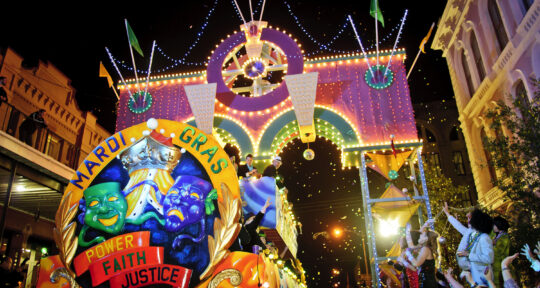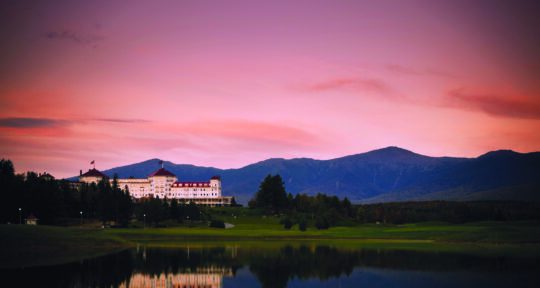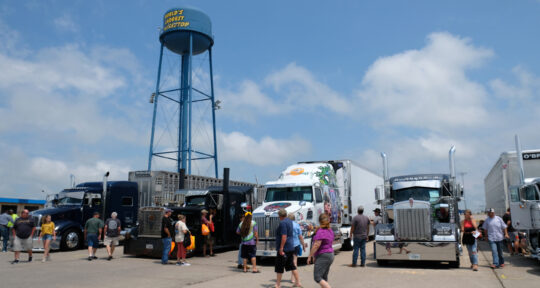Every year, on the last Saturday in February, hundreds of spectators line Fourth Avenue in downtown Anchorage, Alaska, to cheer on the competitors. No, it’s not the Iditarod sled dog race—that’s the following weekend—but this race is also the biggest of its kind.
It’s the Outhouse Races.
As part of Fur Rendezvous, the two-week winter festival that leads up to the start of the Iditarod, dozens of teams build outhouses, put them on skis, and compete to see who can push or pull their mobile bathroom unit around the course the fastest.
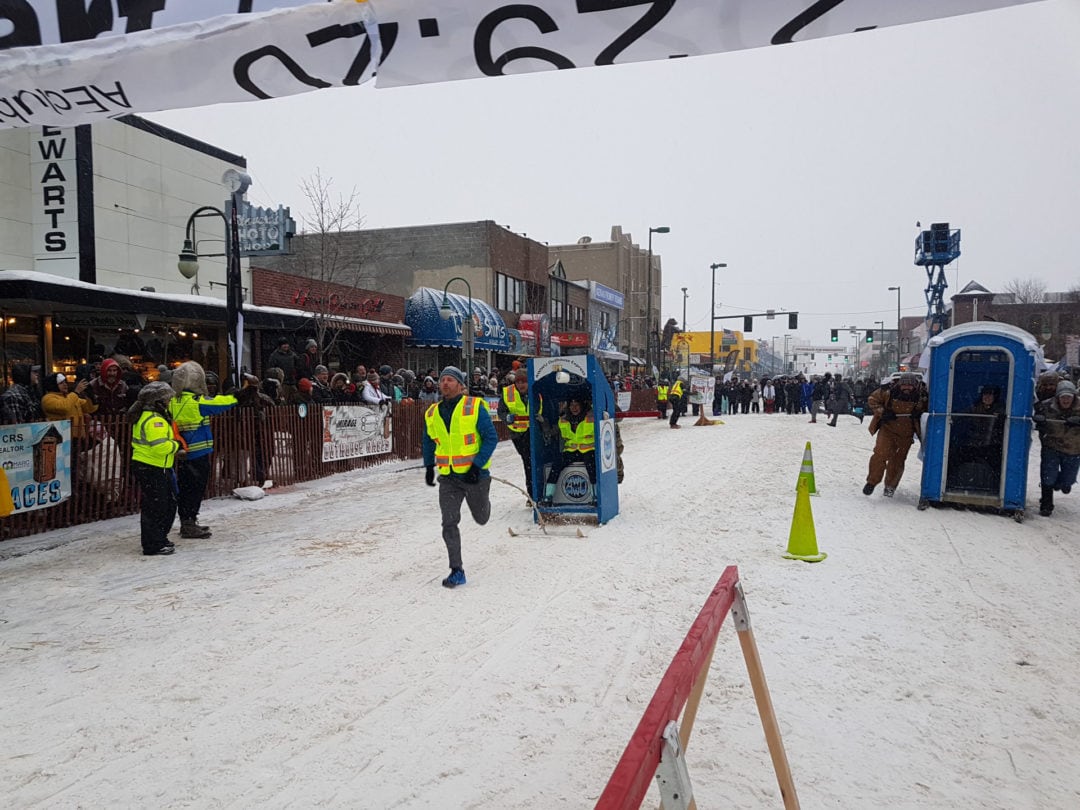
Each team consists of four runners and one rider who sits inside the outhouse. While style choices and materials used are left to the discretion of the various teams, there are two things all outhouses need to be equipped with: toilet paper and a helmet for the rider.
Laurisa Urekar, rider for team Rent-A-Can, says there’s a reason helmets are required, comparing the experience to a rocket blasting off. Leslee Heckel on the Anchorage Water and Wastewater Utility (AWWU) team agrees. “I was surprised by how much I got jostled in the outhouse, from the speed and from almost falling over,” she says.
Not your average outhouses
The Outhouse Race was first started in 2006 by the University of Alaska’s Architecture and Engineering Club as a fundraiser for Habitat for Humanity. Each team pays $100 to enter the race. If they hit the pylon they’re supposed to round on the far side of the course, an additional $10 donation is required.
Teams compete in two classes, traditional and unlimited. For the traditional rounds, outhouses need to be at least 30 inches by 30 inches. The unlimited toilets can be a maximum of 12 feet long and eight feet tall and wide. And since the contest is hosted by the Architecture and Engineering Club, free blueprints are provided.
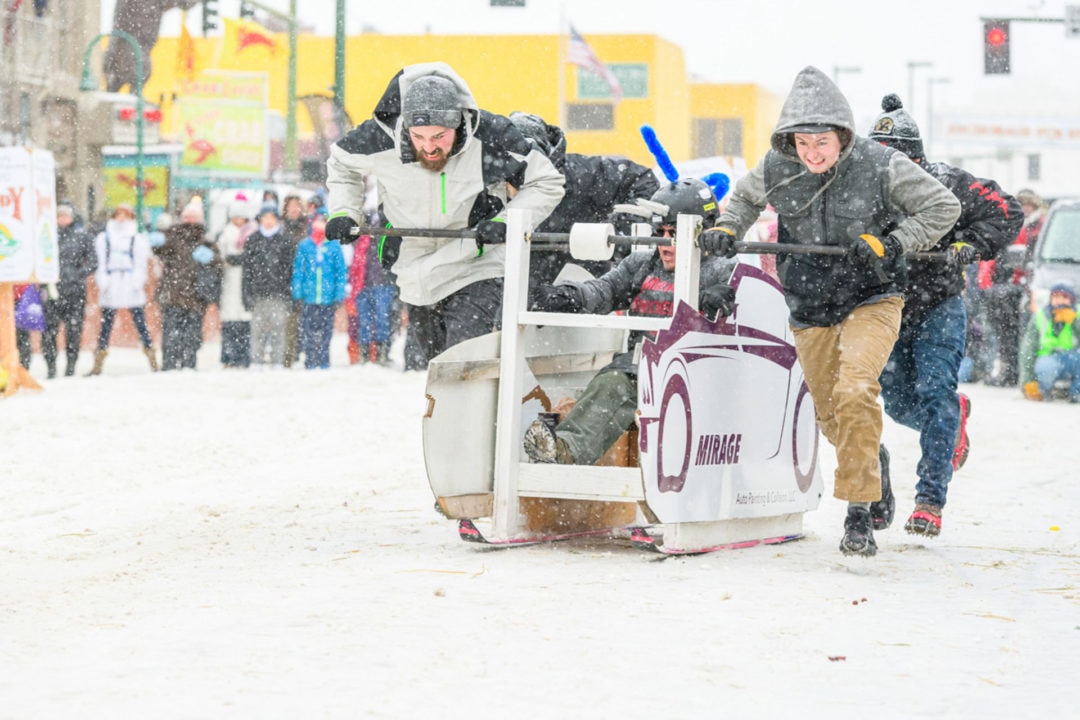
These are not your average portable toilets, though. The outhouse sponsored by the AARP looks like a giant pill bottle. The interior of the Alaska Colorectal Surgery clinic’s outhouse has been painted Pepto-Bismol pink, and matching balloons give the appearance of colon polyps. Rent-A-Can has simply put one of their real porta-potty units on skis.
“One of the guys who was running did make sure to put a tree-shaped air freshener inside for me,” says Urekar.
Poking fun at how long it took the 49th state to get indoor plumbing, the unlimited class is also known as the “honey bucket” round. Here, the “outhouses” are often just 5-gallon plastic buckets on skis, as is the case for team Push It Real Good this year.
Some other builds in the unlimited category include modesty walls of sorts, like the fighter jet outhouse made by the 477th Fighter Group at Joint Base Elmendorf-Richardson. Other buckets take a more royal approach. Team Brrr-Exit’s throne features a Queen of England look-alike holding a corgi. Her scepter doubles as a toilet paper holder, and she’s wearing a plastic tiara atop her reflective helmet. As “the queen” is hauled down the snow-covered course, her red velvet cape flaps behind her.
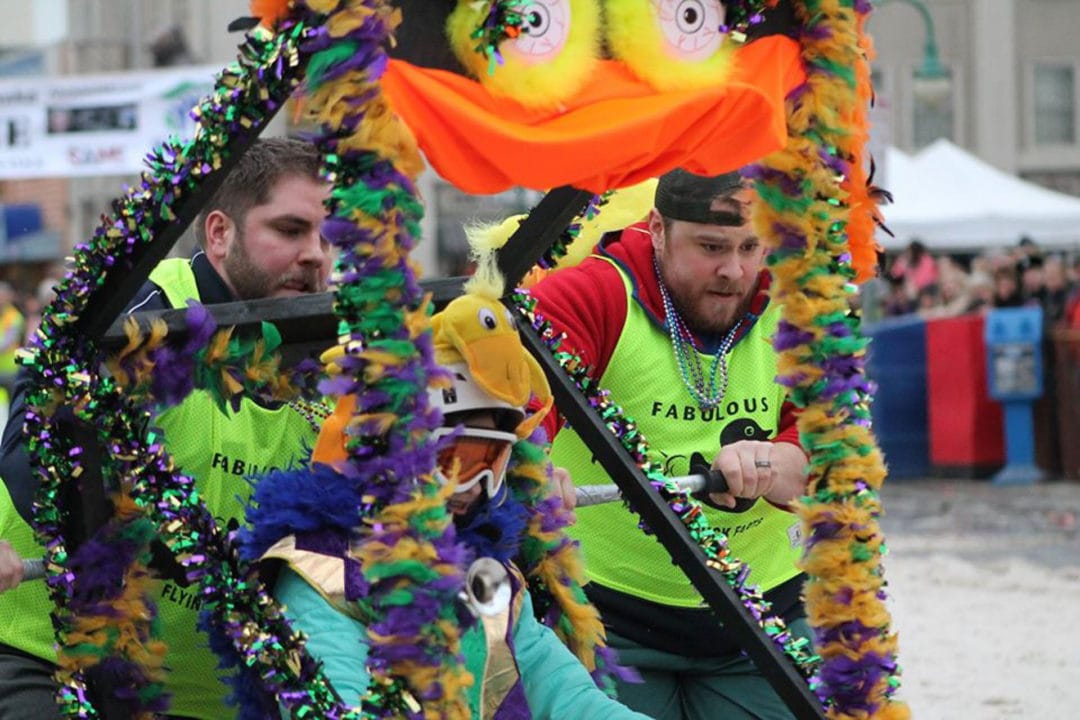
Winners and losers
The race winner is determined by a bracket system, but there are other titles to compete for in addition to being the fastest—Best Theme, Most Realistic, Best Engineered, and Cleanest, to name a few. And just like in the Iditarod, a Red Lantern award is given to the slowest team.
This year, team Arctic Chicken Coops, whose employees raced in adult-sized chicken pajama onesies and pushed a red chicken coop outhouse with flame decals on the side, won People’s Choice. It was their third time racing. “My husband is pretty competitive,” says Arctic Chicken Coops owner Jen Peterson. “Last year, our coop outhouse was heavy, so this year we made our coop as light as possible. And our runners wore crampons, which helped.”
Darcy Kniefel is the organizer of the Humpy’s Great Alaskan Alehouse team, which is made up of bartenders and bar regulars. She says they made one key strategic error that prevented them from making it to the final rounds: they entered both categories.
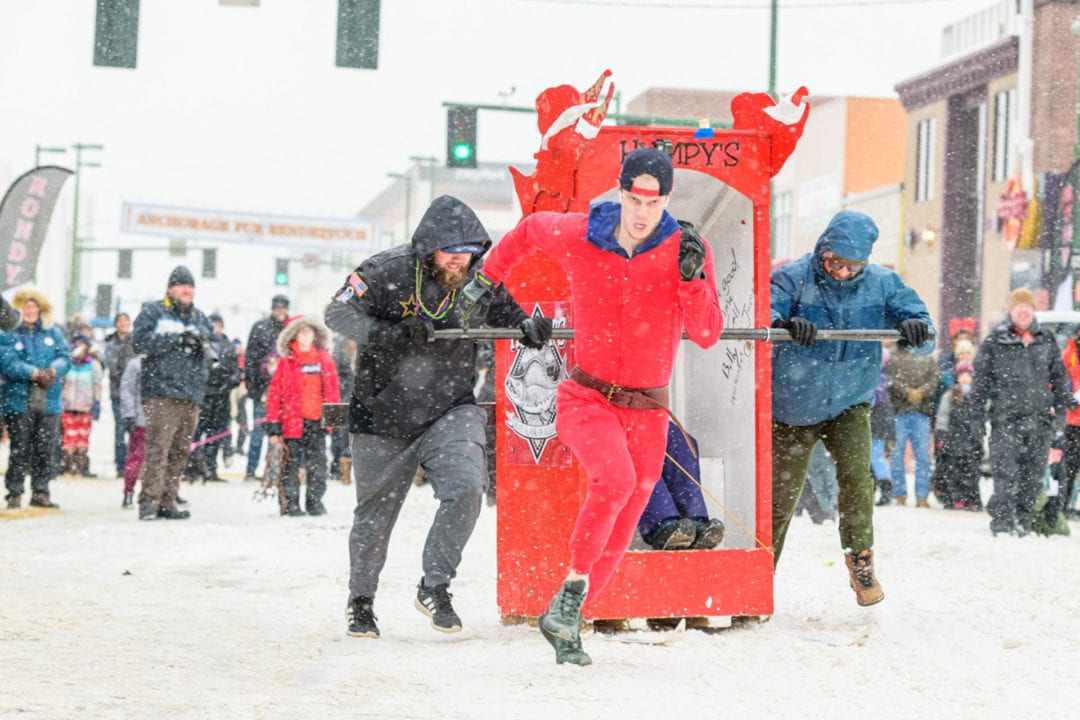
“The race usually alternates between traditional and unlimited rounds, but since we were in both, we had to run back to back to back to back to back,” Kniefel says. “It’s hard to push so much weight, especially when it’s snowing heavily, too. We also had some team members dip into a nearby bar for warm-up shots, so we didn’t have replacement runners for like five rounds.”
Next year, Humpy’s plans to enter both categories, but with two separate teams.
Fur Rondy
Fur Rendezvous, more often referred to simply as “Rondy,” is a tradition 85 years in the making. Starting in 1935 (23 years before Alaska achieved statehood and 38 years before the first Iditarod Trail Sled Dog Race), the festival was originally a three-day event celebrating trappers and miners returning from the backcountry with their winter spoils. It was a combined fur trade and party.
Now stretching out over two weeks, the event’s party portion has ballooned considerably, attracting merrymakers from across the country. There are still several fur auctions that take place during the festival weekends, and it’s not uncommon for people to wear fur coats and hats (and the occasional fur bikini) out to the revelry. Many of the garments have been passed down through generations, so they’ve seen their fair share of Rondys.
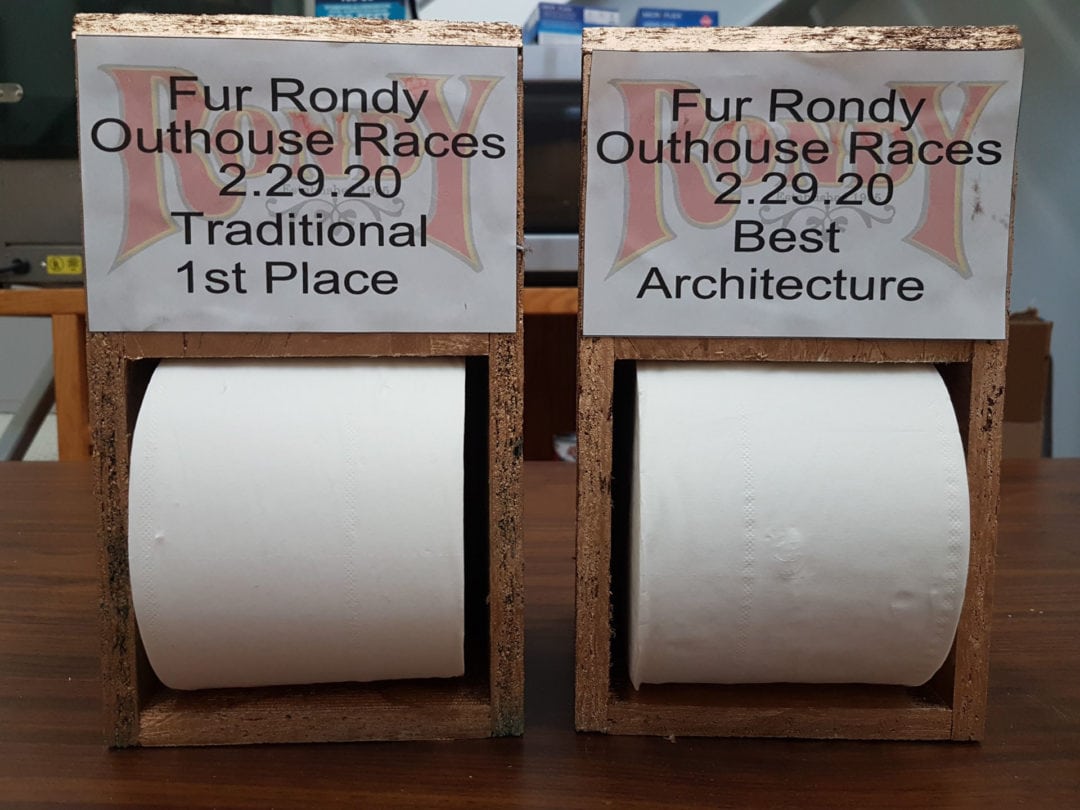
Other events range from a snowshoe softball tournament to a grand parade to the Running of the Reindeer. The Outhouse Races is always the first Saturday, effectively kicking off the festivities.
“It’s such a great community event and Rondy does so much to get everybody out of the house in the winter,” Urekar says. “It’s a good time, even in the cold.”
So, what prize could prompt grown men and women to push outhouses down the road in freezing temperatures? Toilet paper, of course. Each team that wins, either overall or a specialty category, is awarded a miniature outhouse toilet paper roll holder.
“We usually put ours up in the bar,” Kniefel said. “But with the times we’re in, who knows, the toilet paper might have disappeared.”
If you go
Next year’s Fur Rendezvous will take place in Anchorage from February 26 to March 7, 2021.

